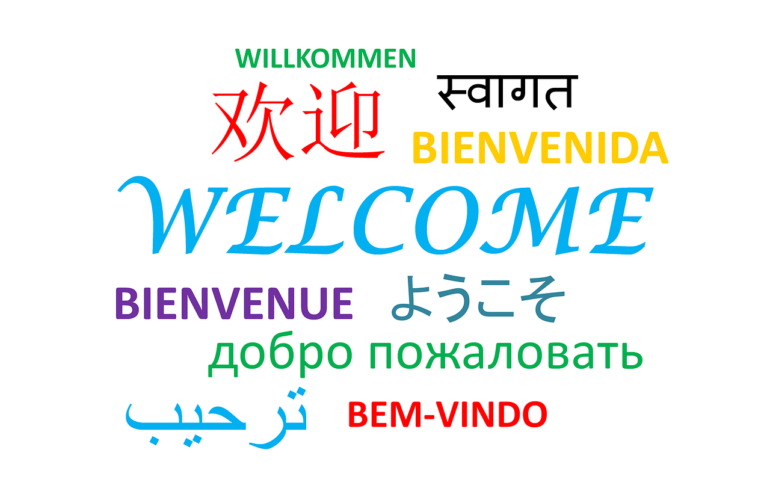As a response to events that had a worldwide impact, we witnessed a lot of changes during the last couple of years. Luckily, due to new technological developments, we had the tools to face challenges and adapt to a new way of living and doing business.
So how has this affected the translation industry? Are there any trends translation agencies and independent translators should pay attention to?
As we pass the first half of 2022, let’s look at some of the trends that influenced this year’s growth and development in the world of translations!
#1: Machine Translation is Not Going Anywhere
Translators don’t look forward to a world where everyone can use machine translation (like Google Translate) with 100% accuracy. And yet, machine translation is getting better by the day. Furthermore, both individuals and companies seem to favour this technology when it comes to speed.
But you shouldn’t despair! Machine translation still has a long way to go until it can reach human-level accuracy in terms o understanding nuance, context, and other complex linguistic elements. Plus, translators and agencies learned to integrate the technology with their services by offering machine translation post-editing.
With machine translation post-editing, human translators take over the text translated by a machine and make sure it is accurate by comparing the translation with the original. Then, they make adjustments and additions to make sure the text makes sense for the target audience.
#2: Brands Want to Create a Personalized User Experience
Brands nowadays are all about creating the best user experience for their audiences, which is why they focus on personalization. And one way global brands can make the experience feel more personal is by using the users’ language and cultural references.
To achieve this, brands need translators who can do content translation and localisation. Through localisation, a translator can take a brand’s original message and use their knowledge and tools to convey it to the audience by making it sound natural.
#3: Growing Demand for Medical Translations
As people worldwide focus more on their health and researchers dive deep into new medical studies, the demand for medical translations increases. Plus, as travel gets back to normal, there is a growing need for translation of medical documents.
#4: E-learning is on the Rise
E-learning is not a new concept, but people rediscovered it during the pandemic. As a result, there was a fast and robust increase in demand, especially during the times when kids had to be homeschooled.
This led to new platforms dedicated to e-learning and more people focusing on creating educational and exciting content. Plus, most e-learning platforms have an international audience, with users from around the world.
So, to keep up with the demand and provide a high-end user experience, e-learning platforms and creators need to translate and localise their content. For this, they’ll need help from professional translators who know how to work with online educational content.
Wrap Up
The translation industry is changing due to machine learning technologies and the fast development of online content in various areas of life. Plus, as the world becomes more aware of health issues that can affect everyone, there will be more medical literature in need of translation.
So, to summarize, the trends that are strongest in 2022 are expected to continue in the future. This means that agencies and individual translators can use them to sketch their evolution for the foreseeable future.
